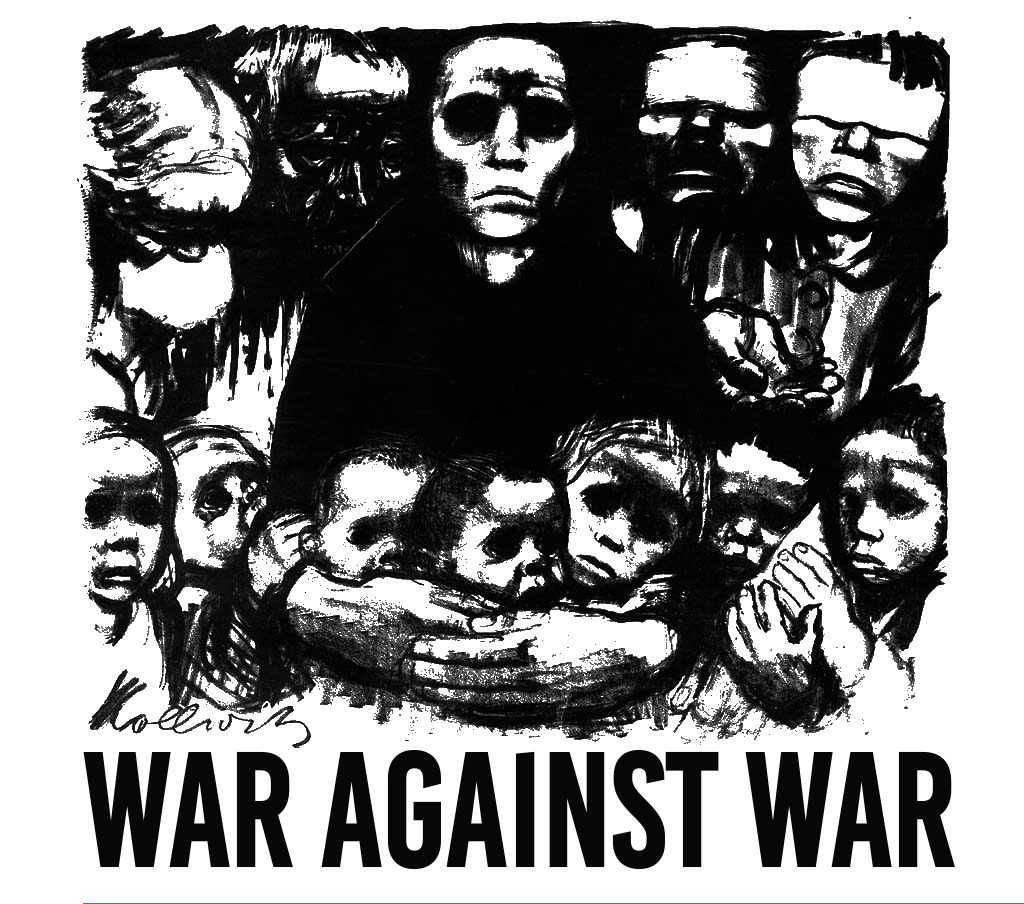While some militant groups consistently target civilians, others only resort to violence in specific locations and points in time. Existing research typically treats civilian targeting as a static feature of conflict systems at either the country or group level. This offers little explanation for variation in the patterns of violence across time and space. I develop an explanation for why militant groups target civilians at specific places and times based on how groups are likely to respond to local political and security conditions. I argue that violence against civilians serves as a function of response for militant groups – violence depends on both the control of territory and subnational competition from other non-state actors. The likelihood of civilian targeting is higher in locations where groups control territory and face competition, as groups seek to display dominance and punish defectors. The likelihood of civilian targeting is high in locations where groups face competition. However, this violence is unlikely to be as high as where groups also control territory, accounting for the need to reach out to civilians for support. The analysis of georeferenced event data on civilian targeting by militant groups across sub-Saharan Africa (1997–2013) and an illustrative case study on Boko Haram in Nigeria and Cameroon find robust support for my argument.
This was originally published on SAGE Publications Ltd: Journal of Peace Research: Table of Contents.
